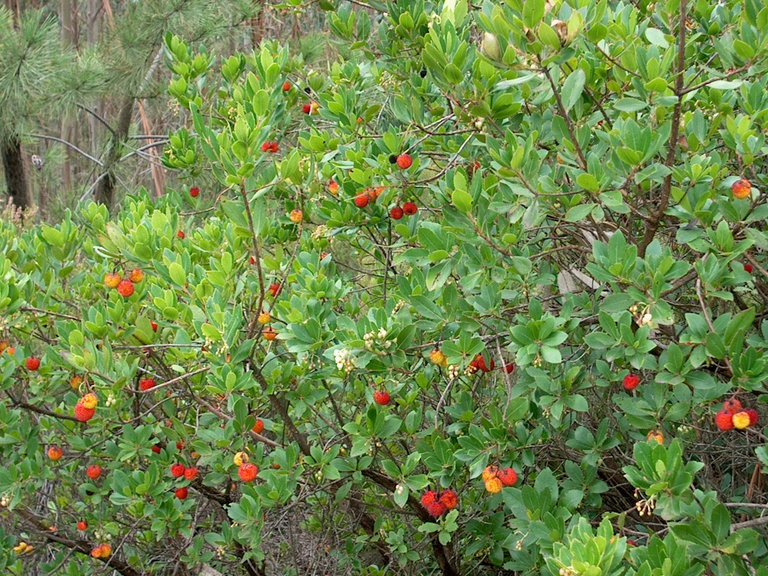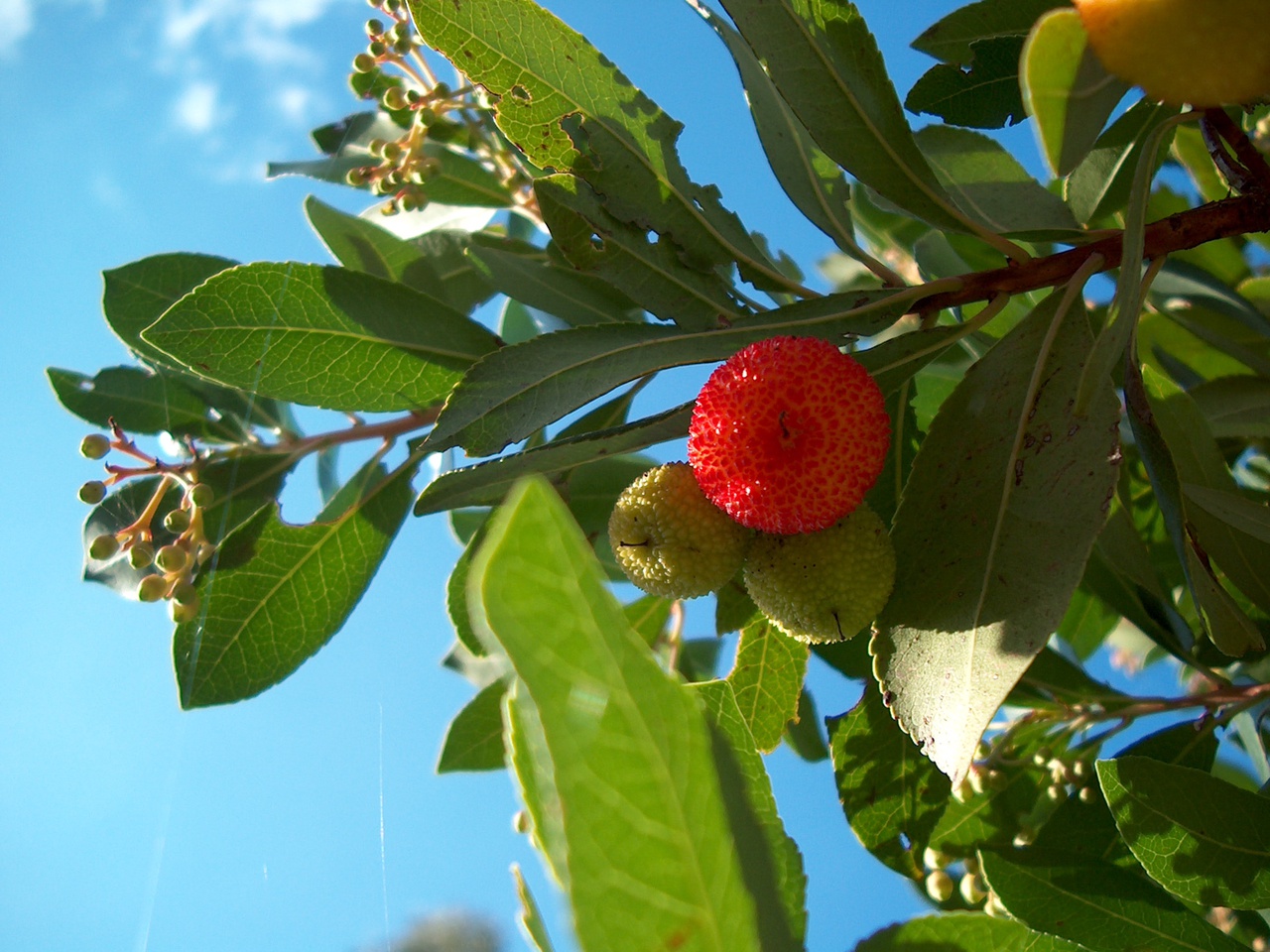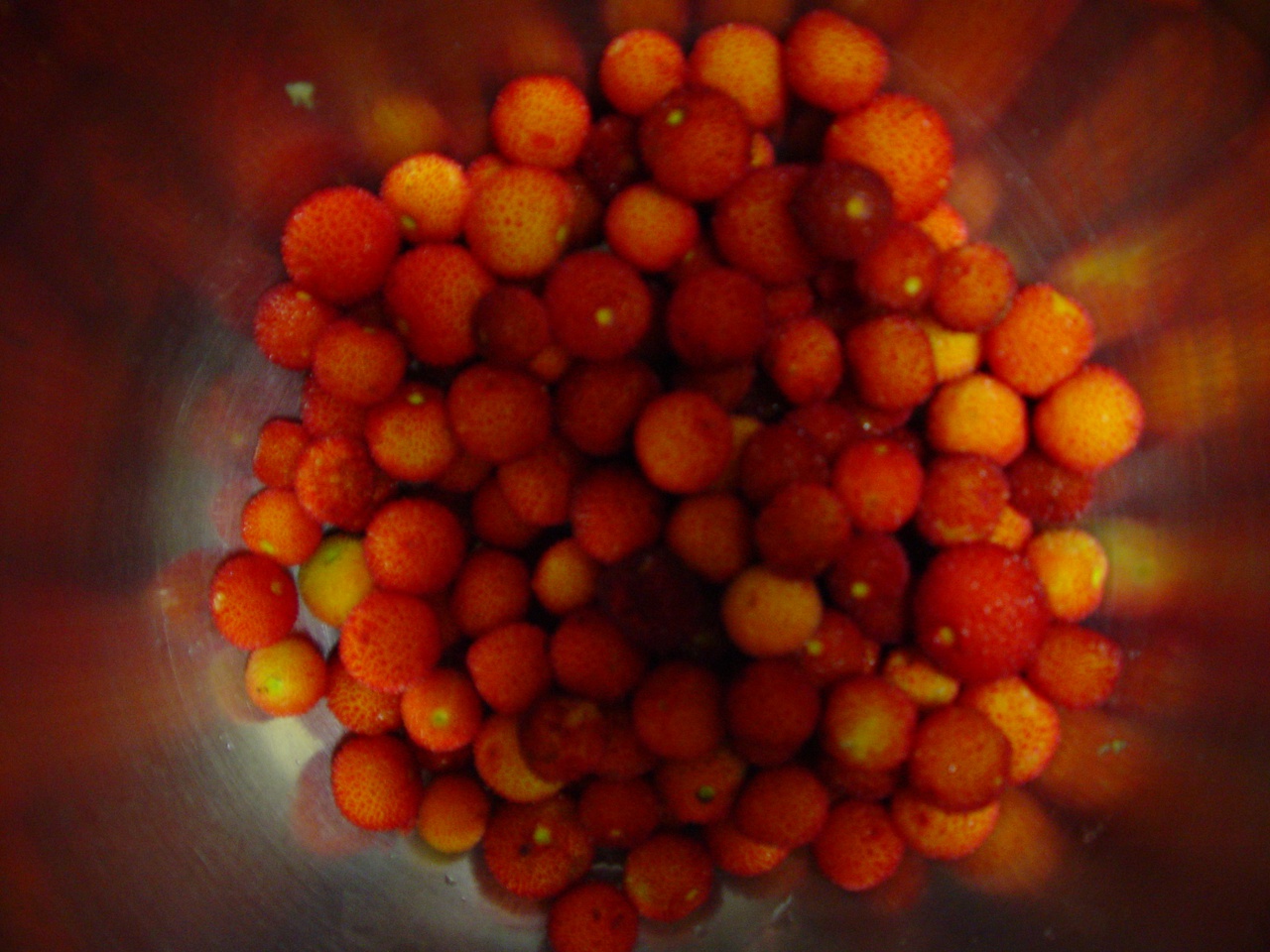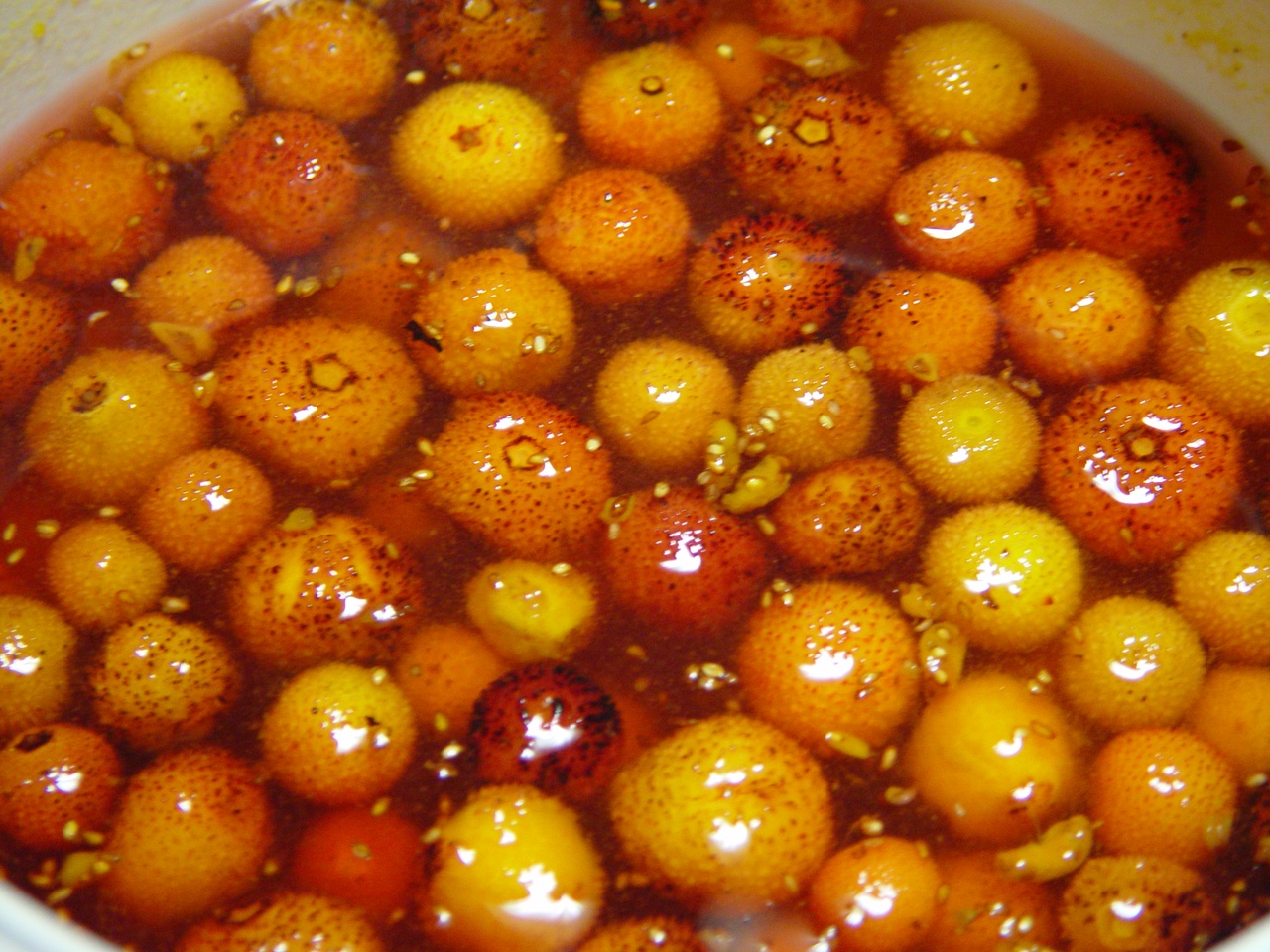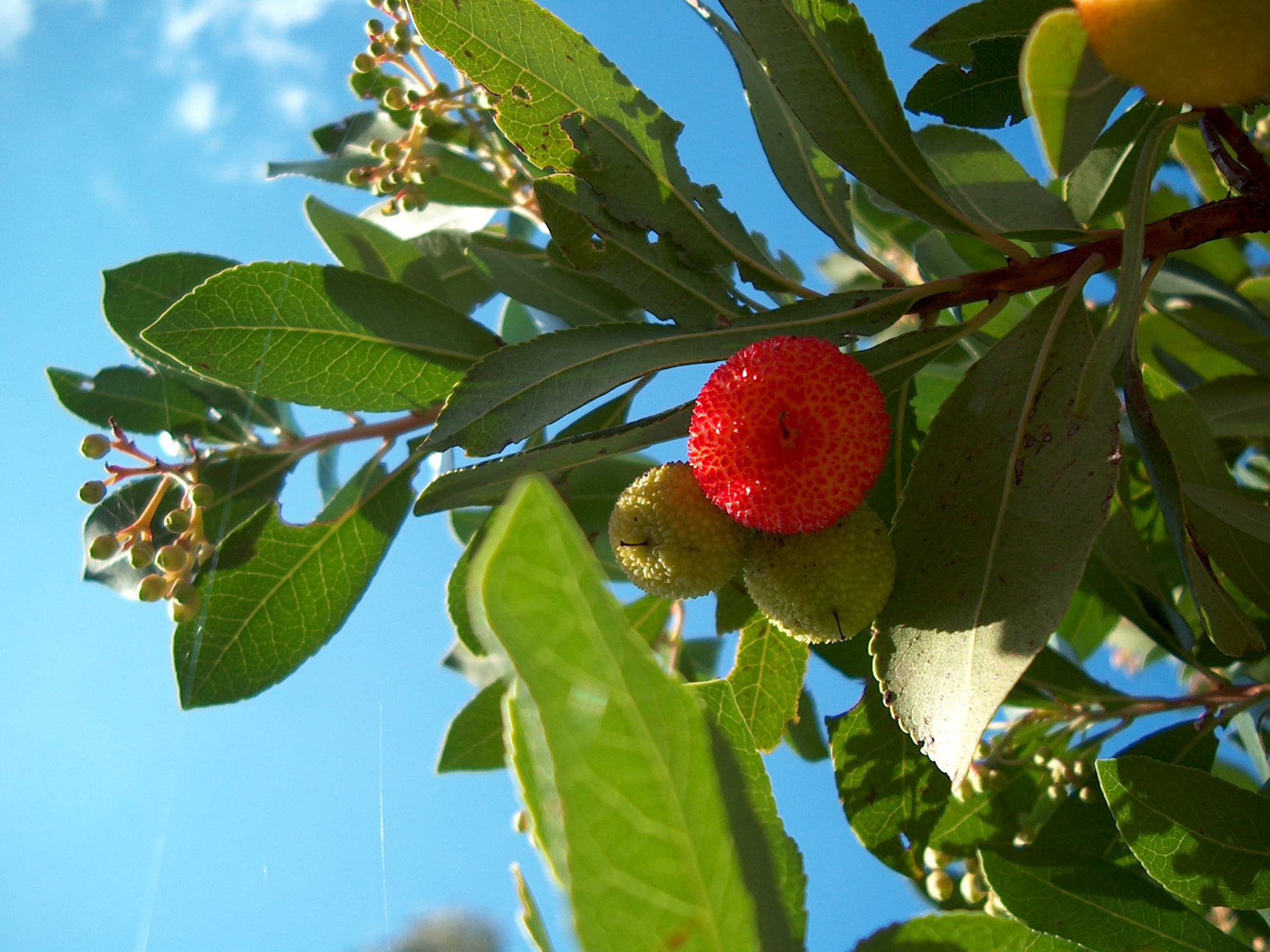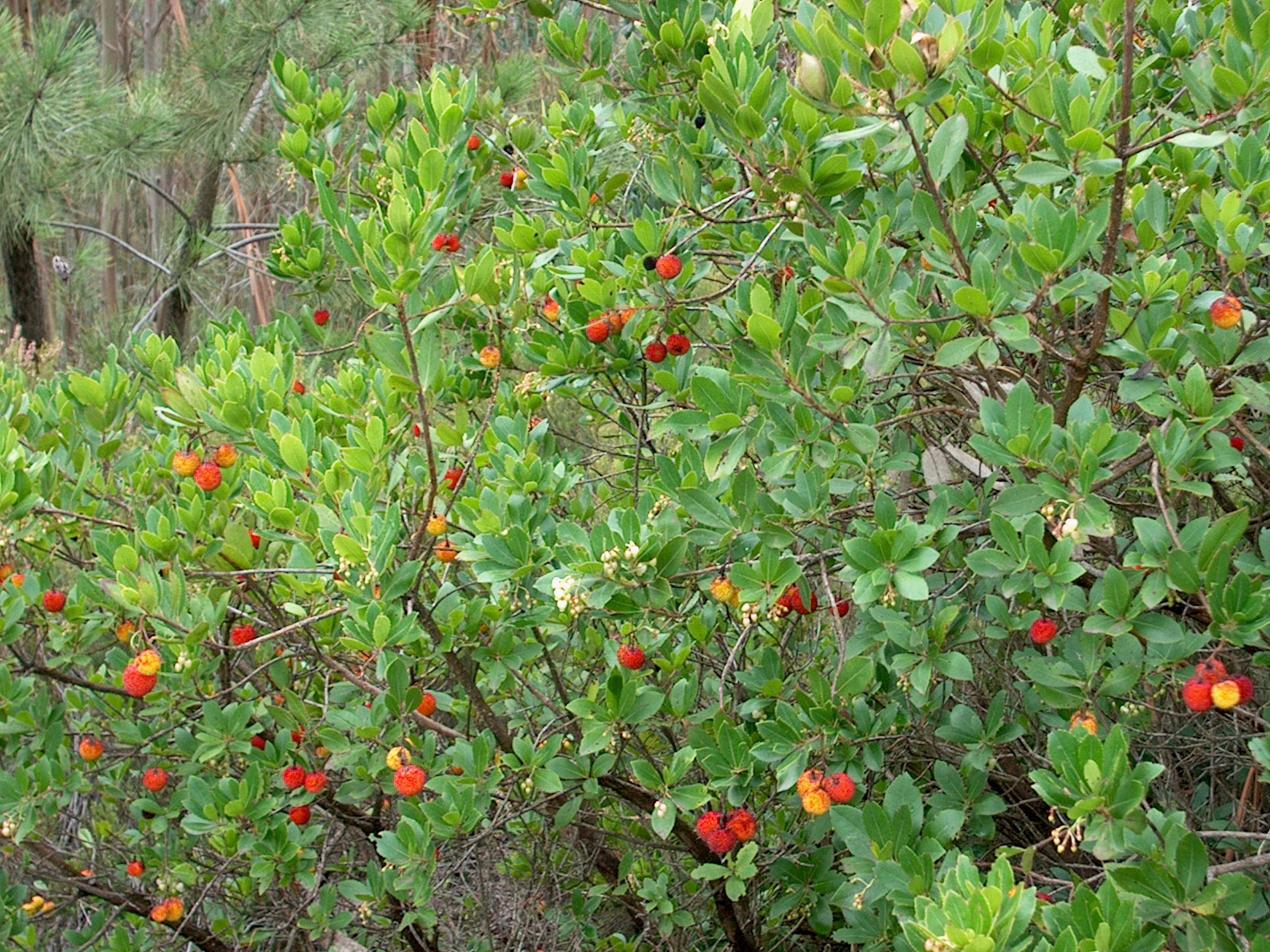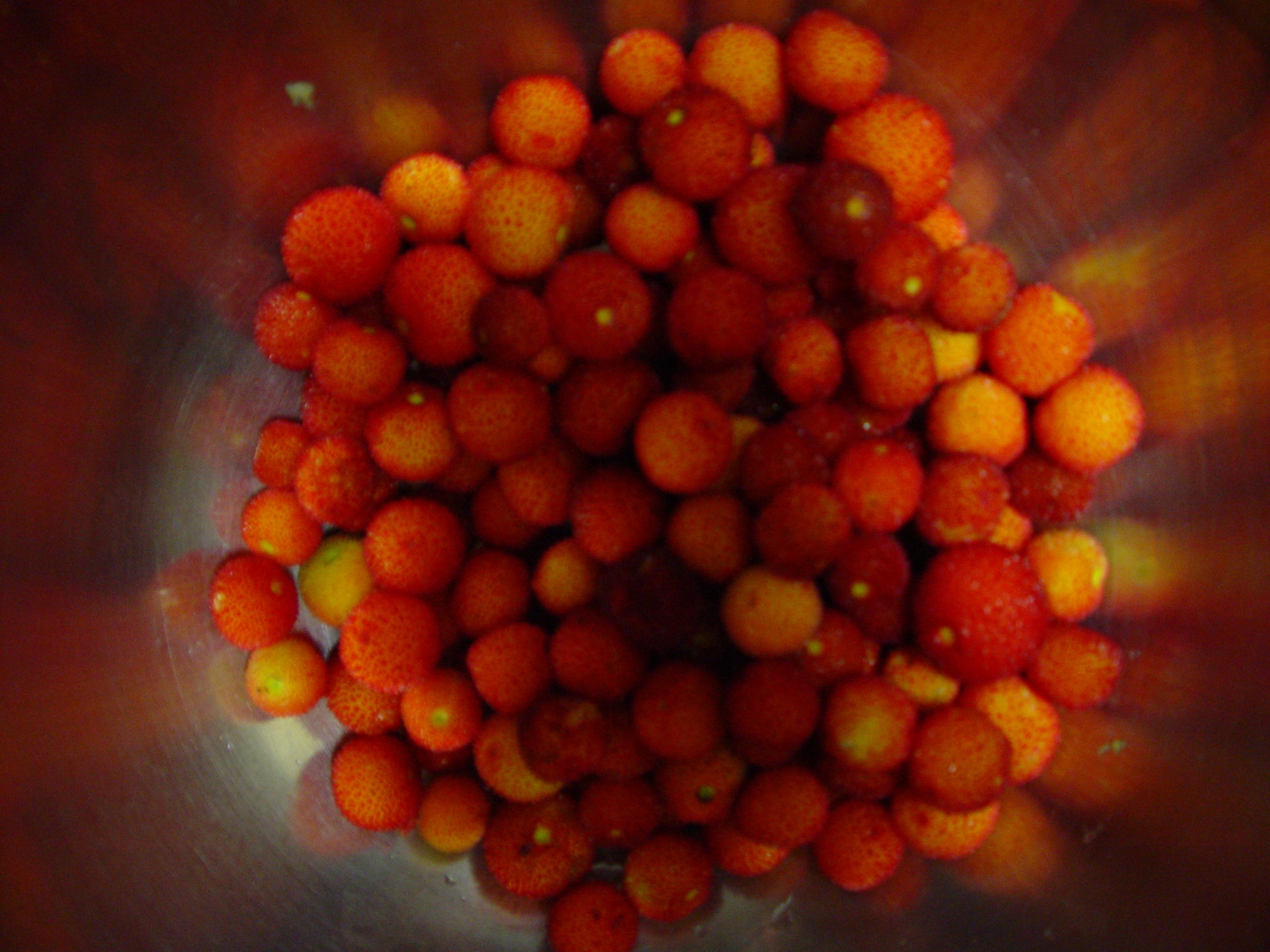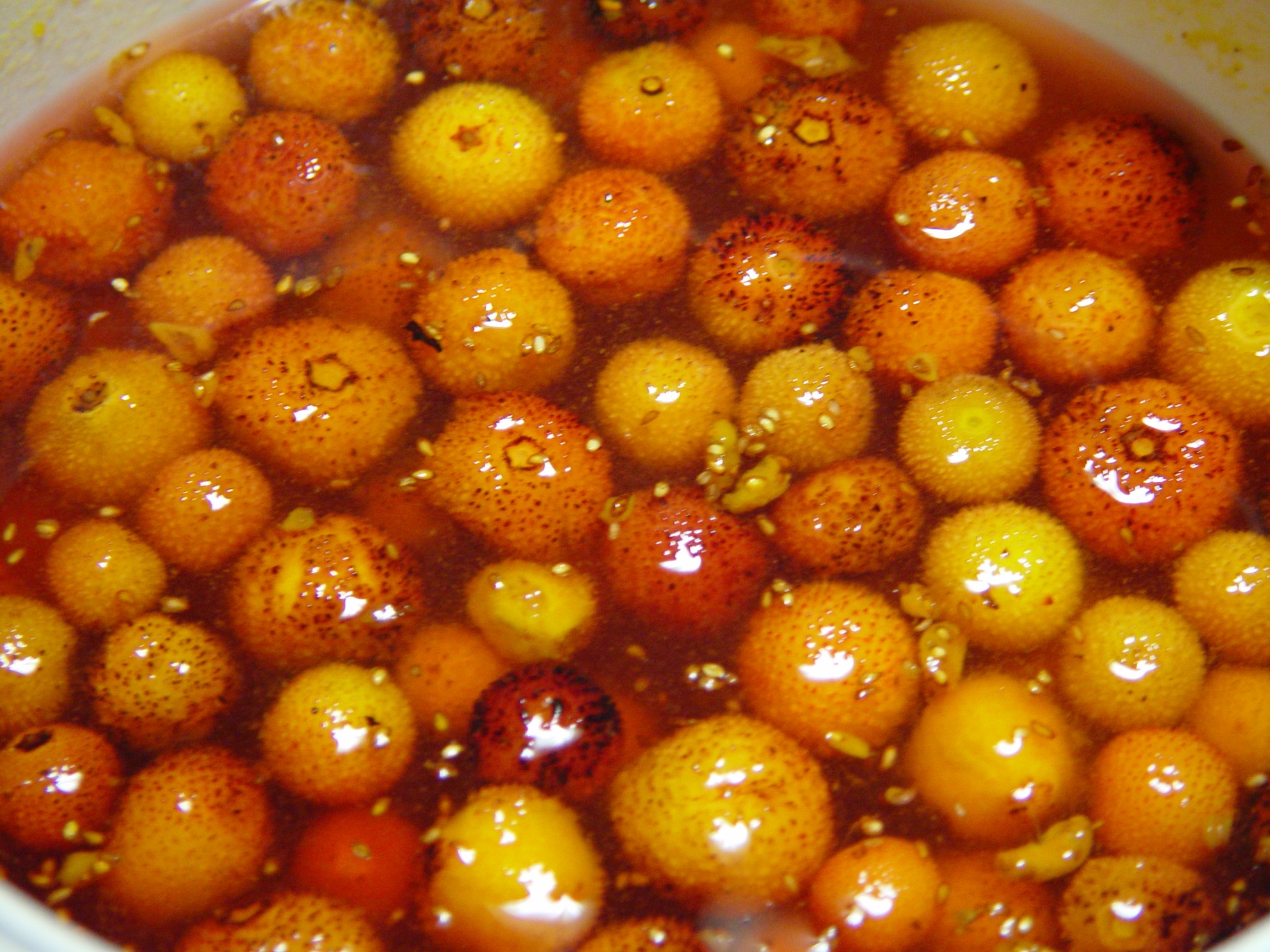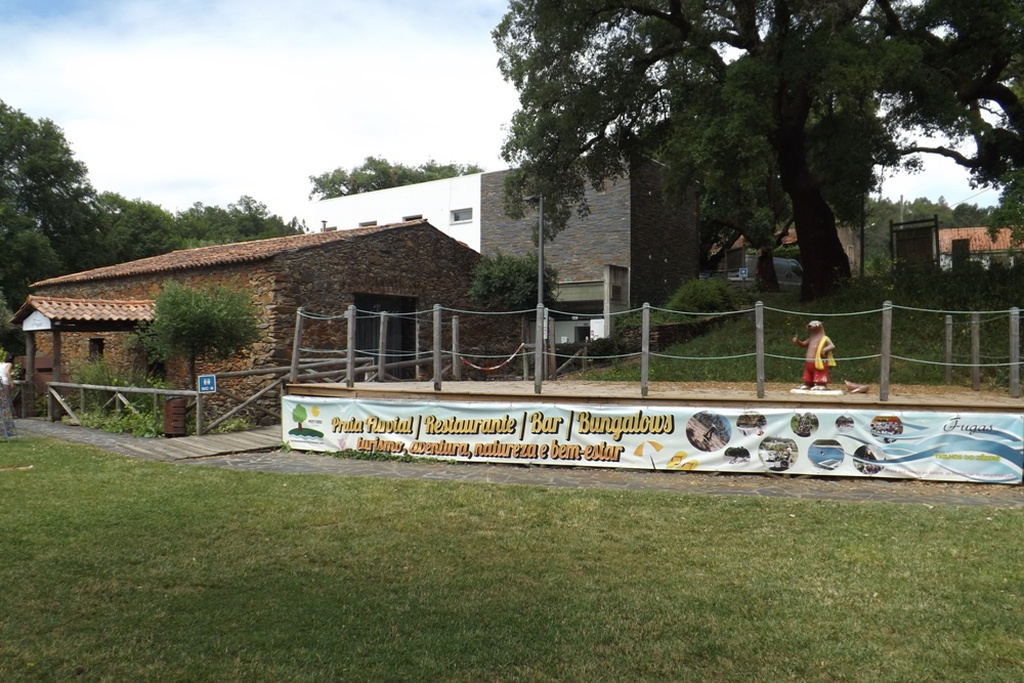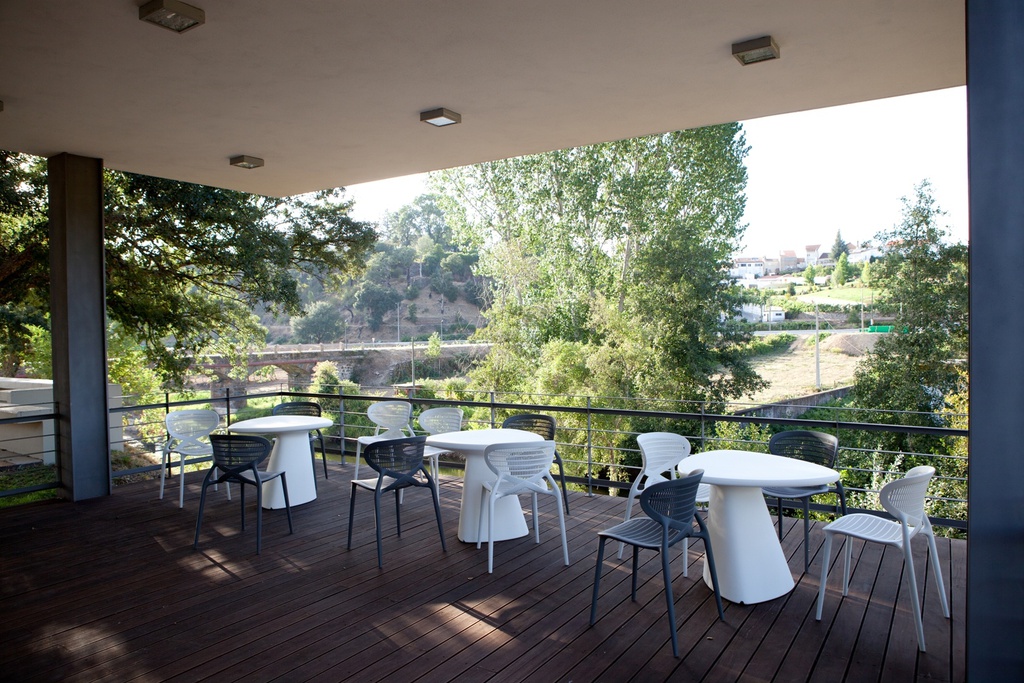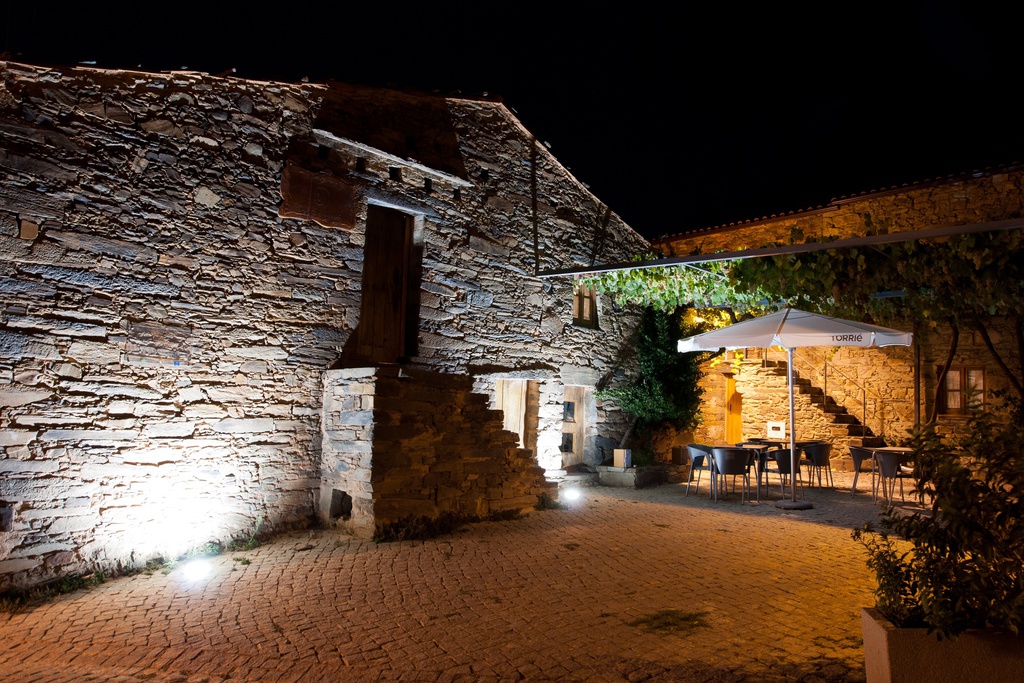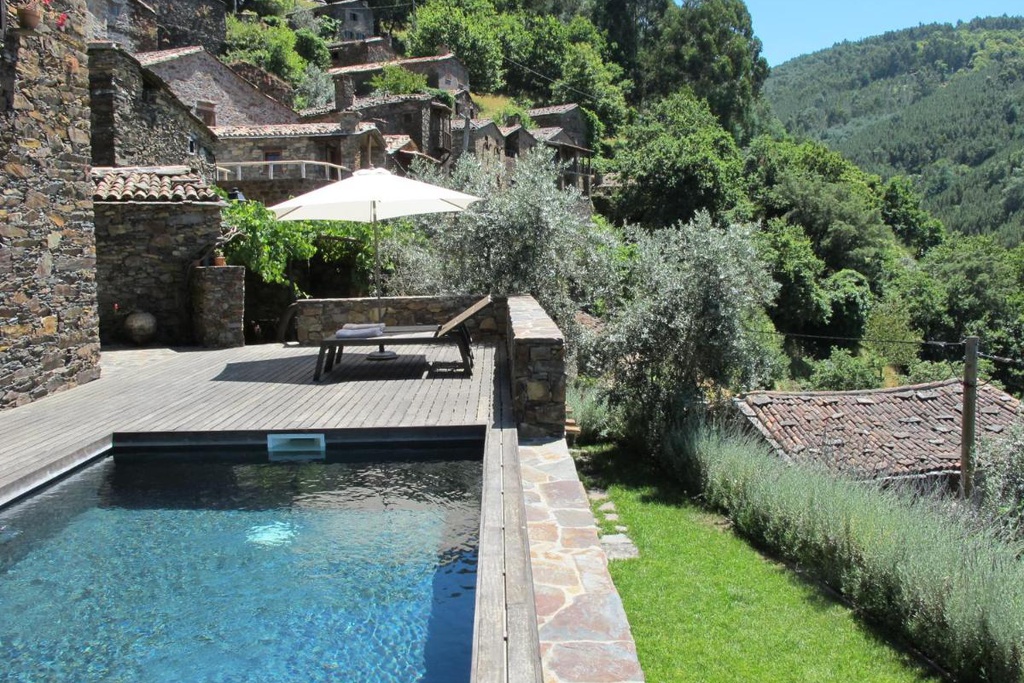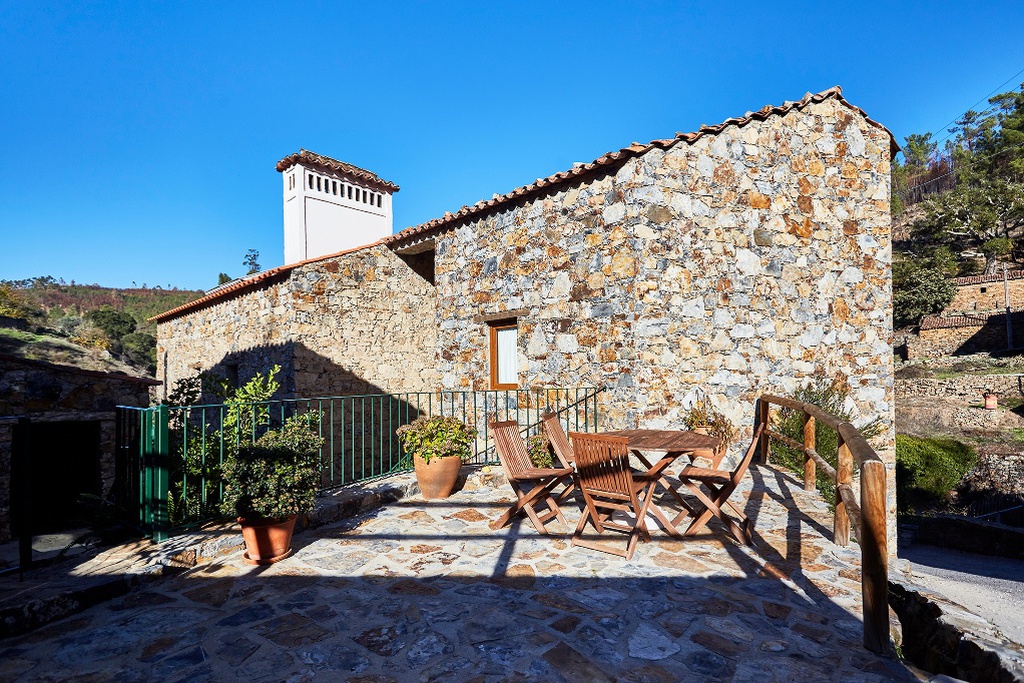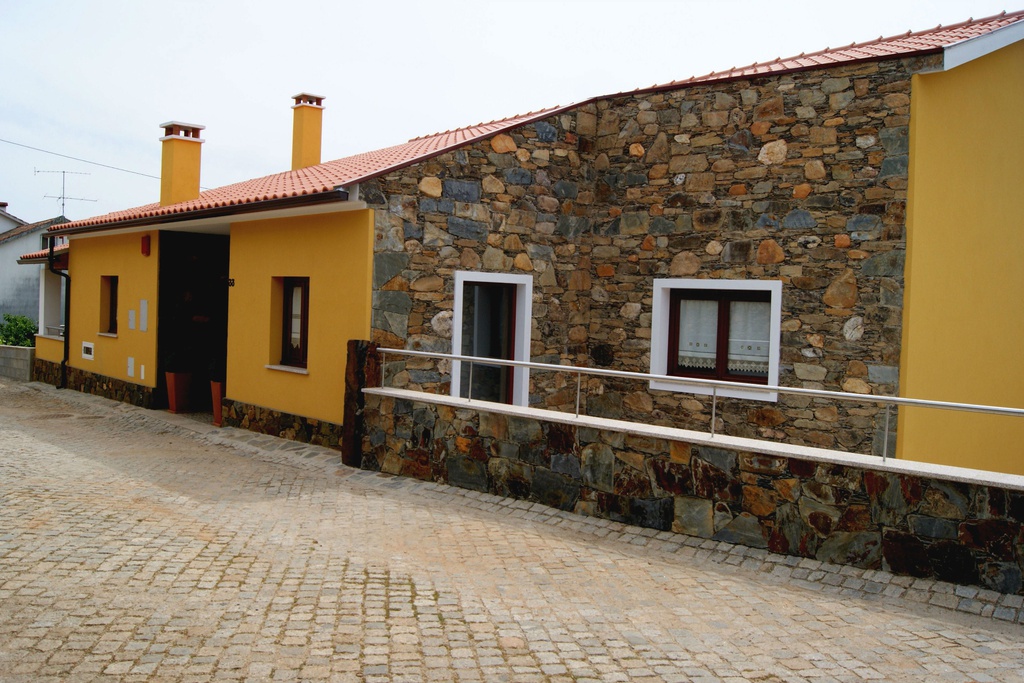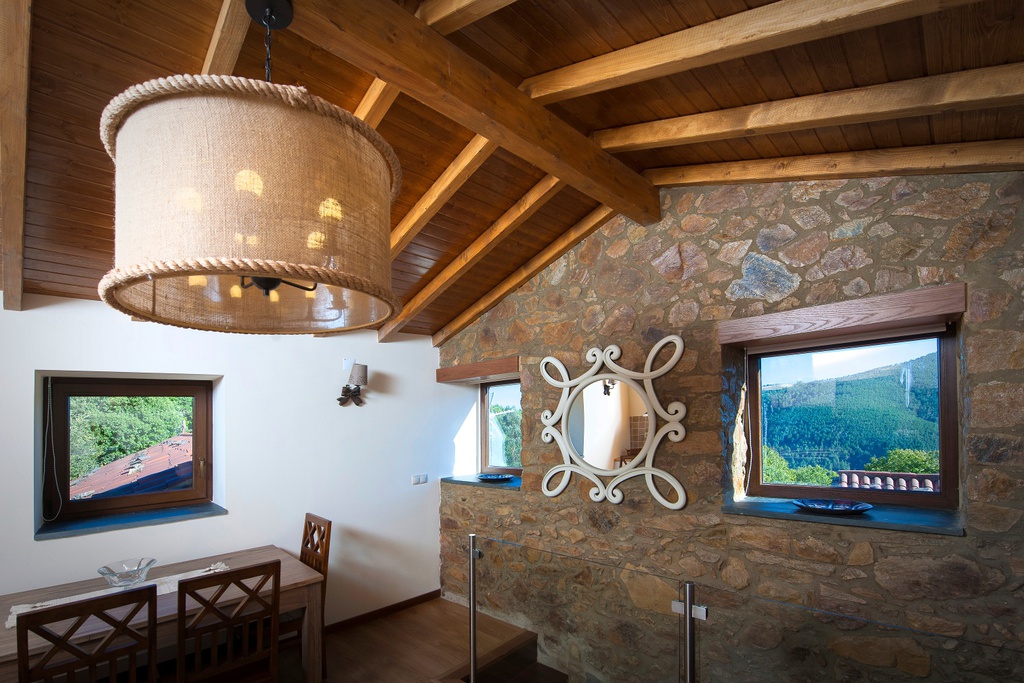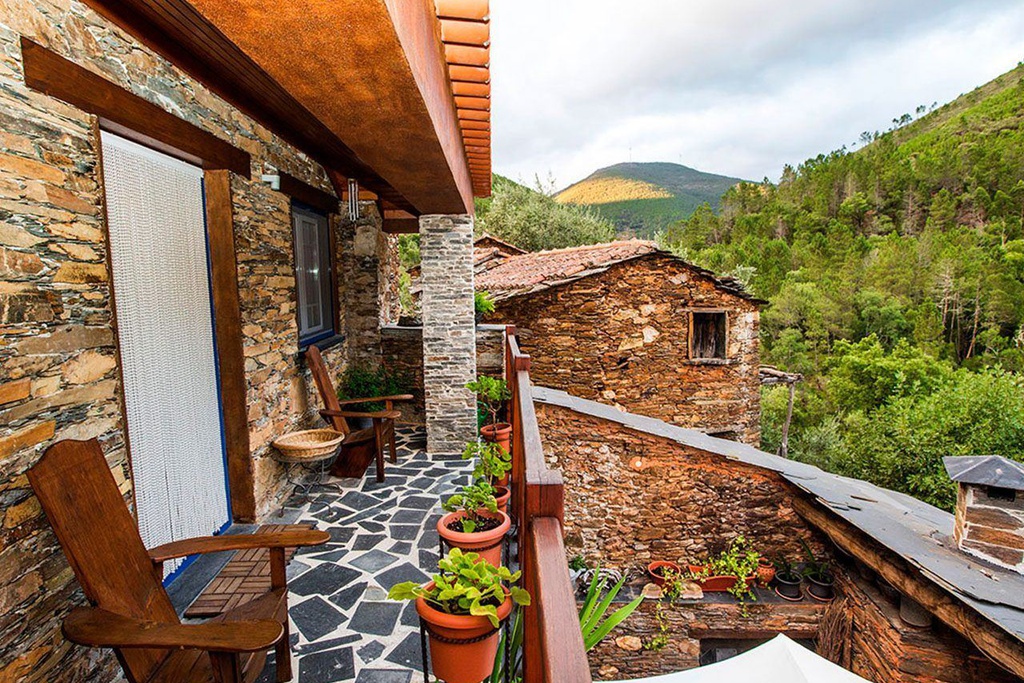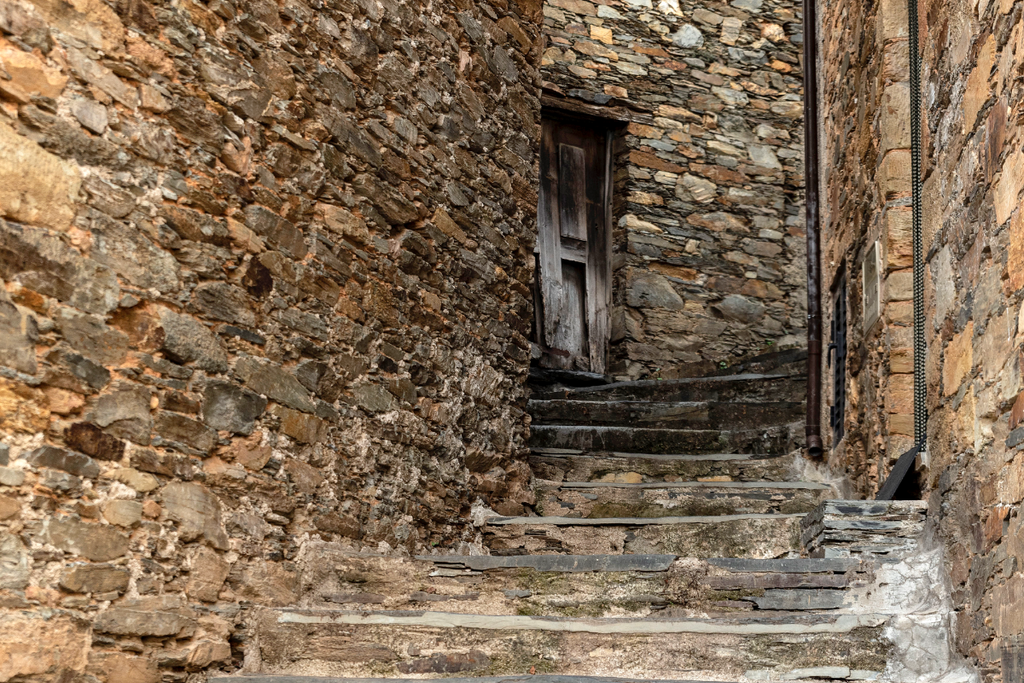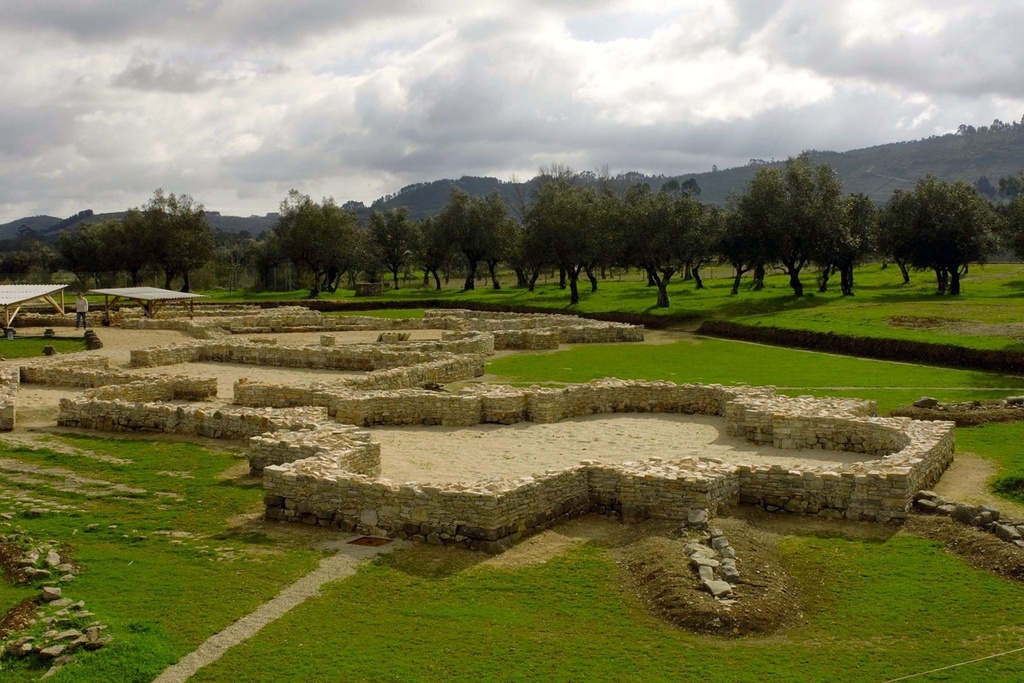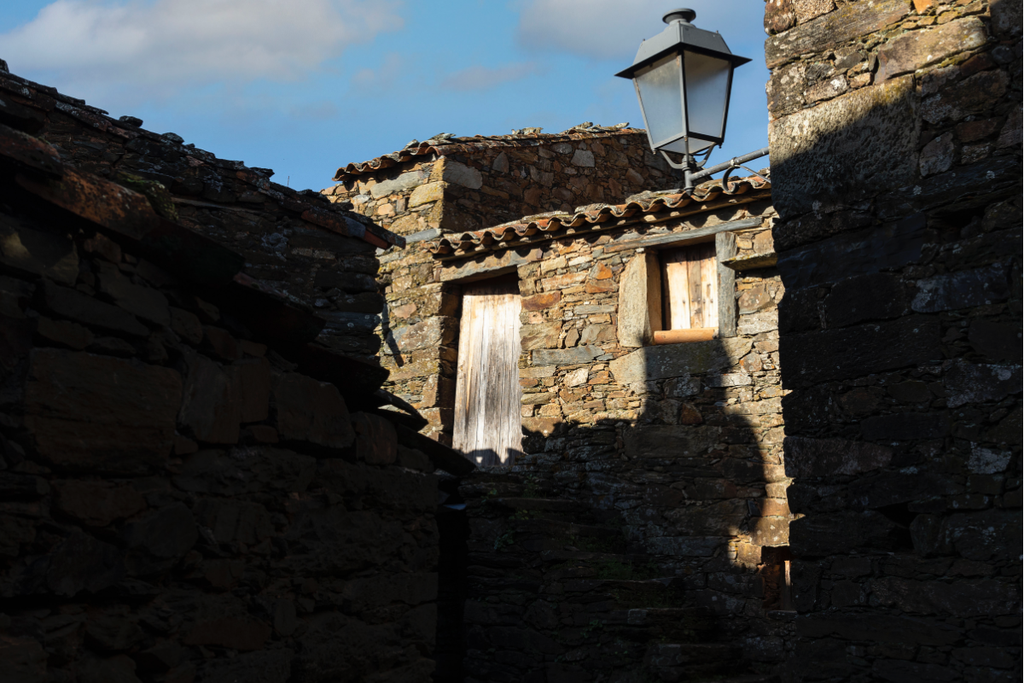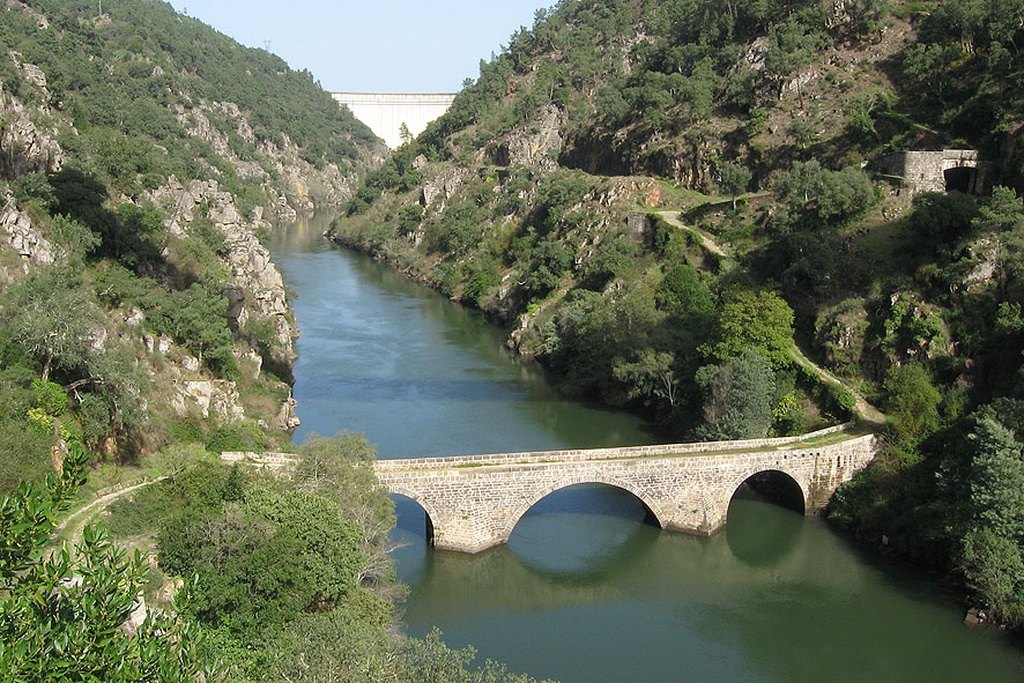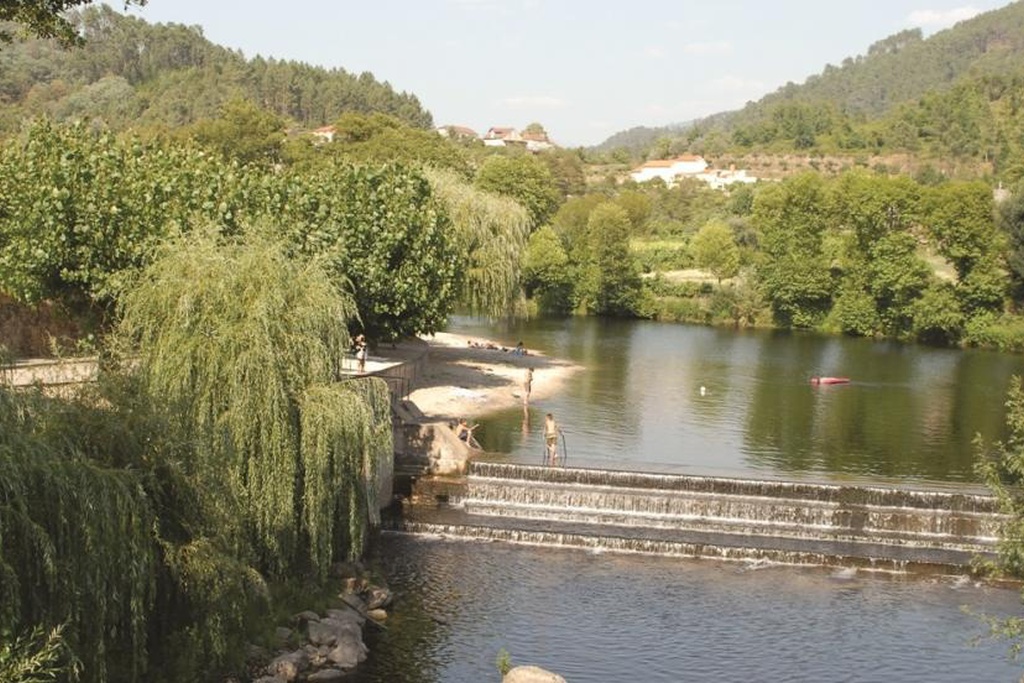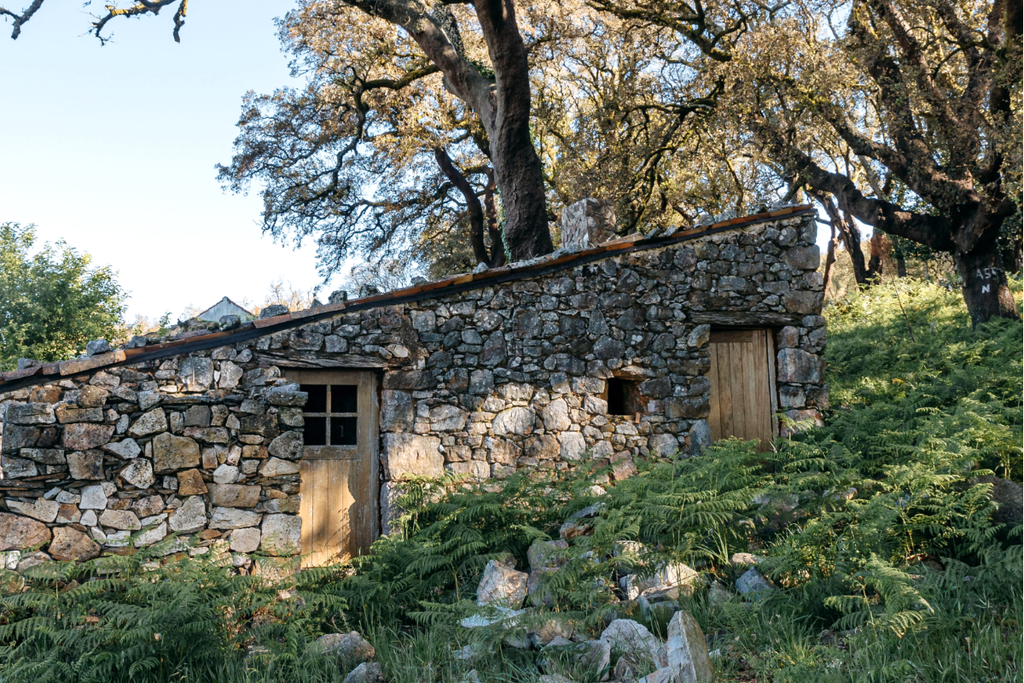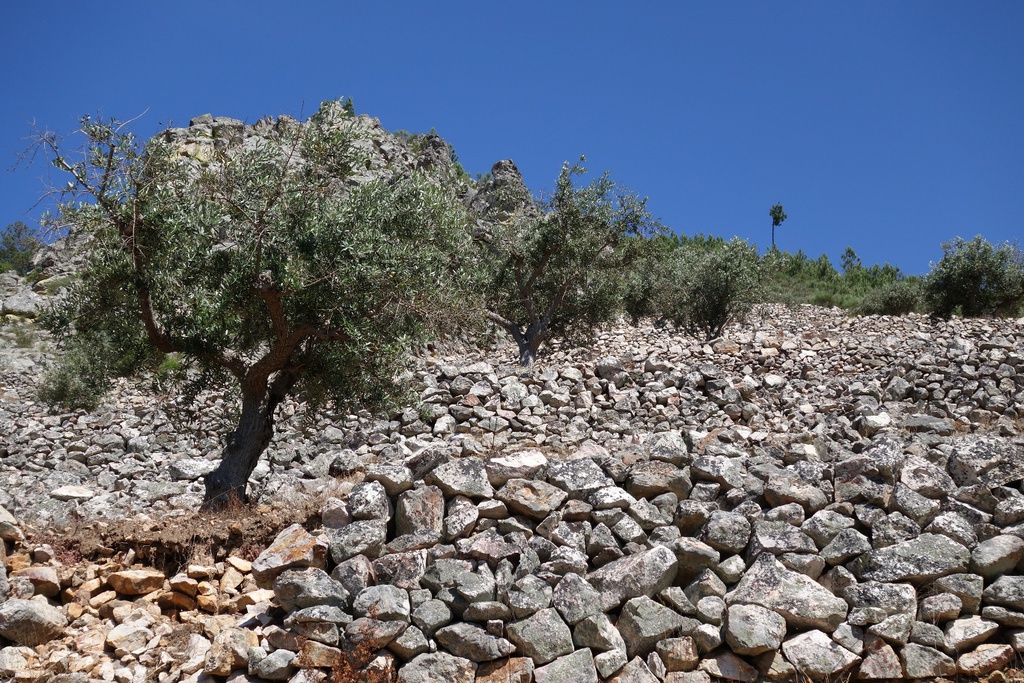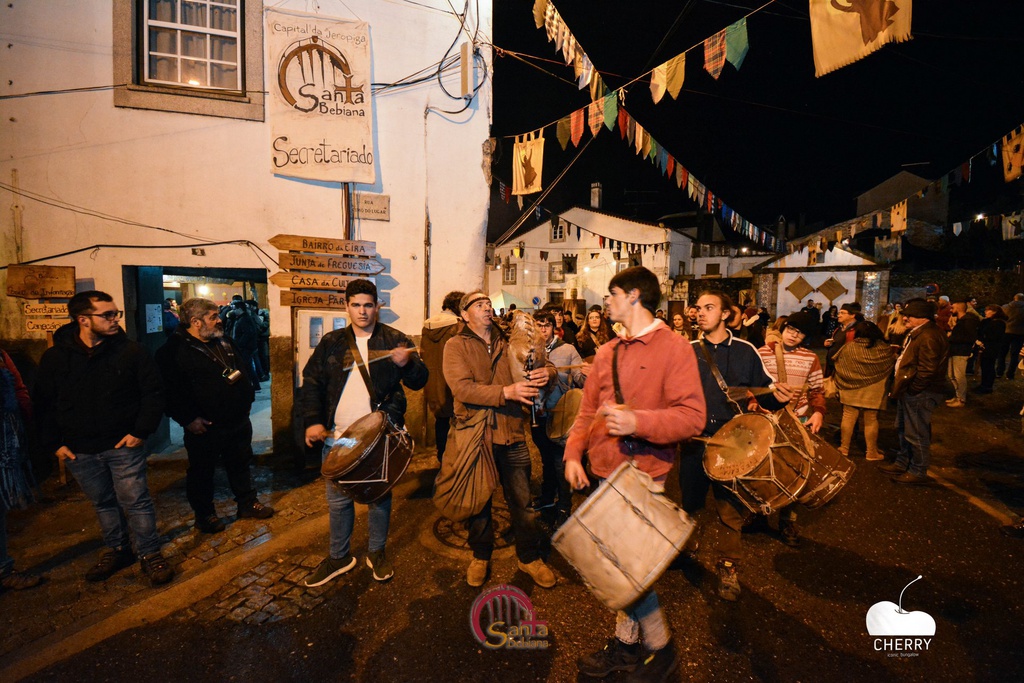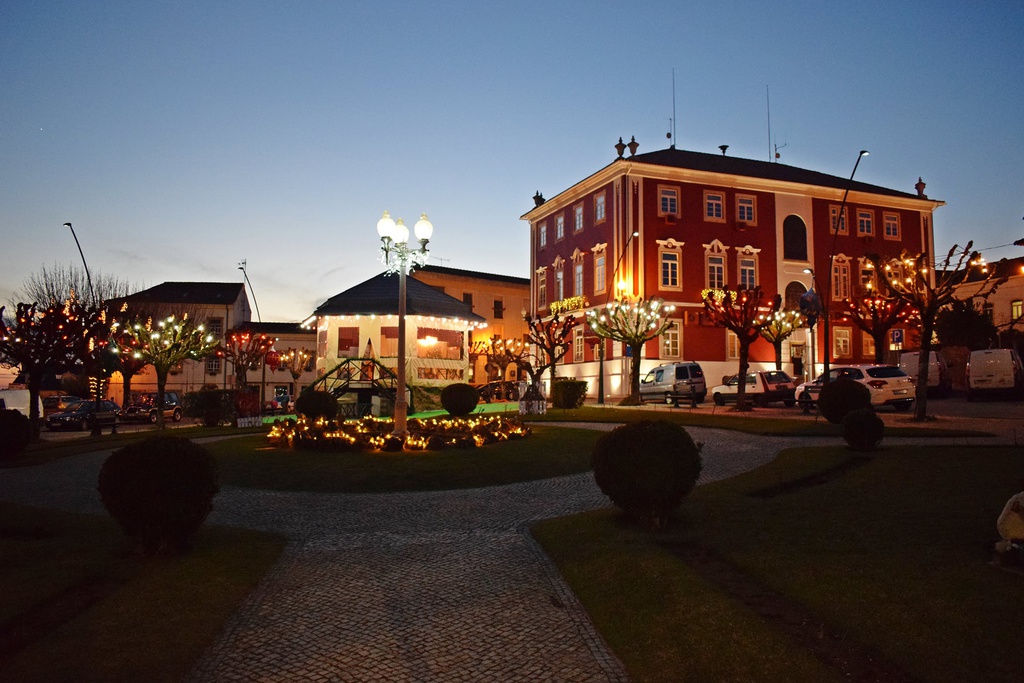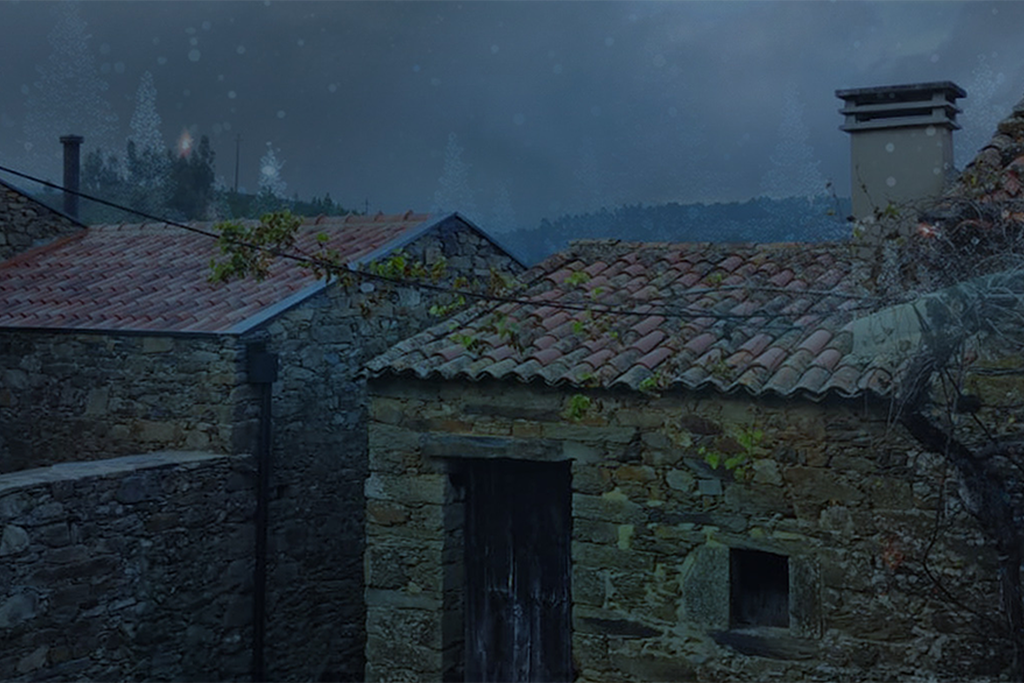The Strawberry Tree (Arbutus unedo) can grow to a height of three to five metres. However, in exceptional conditions where it is well adapted, it can reach eight to 10 metres, thus becoming a tree. In its distribution along the Mediterranean, it can be found at altitudes up to 800 metres, preferring mild climates. From October to January, its small white flowers bloom in drooping clusters, at the same time as the ripe fruit from the previous year’s flowers appear (October-November). This characteristic transforms the Strawberry Tree into one of the most flamboyant species in our woodlandsat that time of year.
For food and drink
The fruit of the strawberry tree - the medronhos - is edible and much appreciated in jams and for medronho brandy. It has astringent, anti-inflammatory, antiseptic, de-toxifying and diuretic properties. The tea from its leaves is used to lower blood pressure. Birds and mammals also appreciate strawberry trees because they are one of the few foods available at a difficult time of year for all wild species.
Etymology and symbology
The scientific name of this species - in Latin - is meant to indicate: Arbutus means small tree; and unedo comes from the Latin verb edo (to eat) and the number unus (one), meaning “eat only one”, as its ripe fruit is reputed to make one drunk due to the alcohol content it may contain.
This evergreen shrub was, for the Ancients, linked to death and immortality. “They hasten to plait the reeds of a flexible skiff with branches of strawberry tree and oak, erecting a funeral bed shaded with greenery”, writes Virgil describing the funeral of Pallas, companion of Aeneas (AENEID, 11, 63-65).


